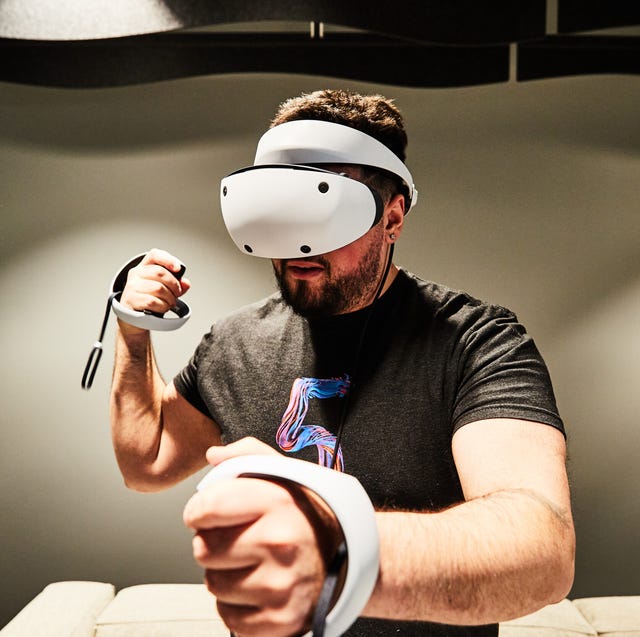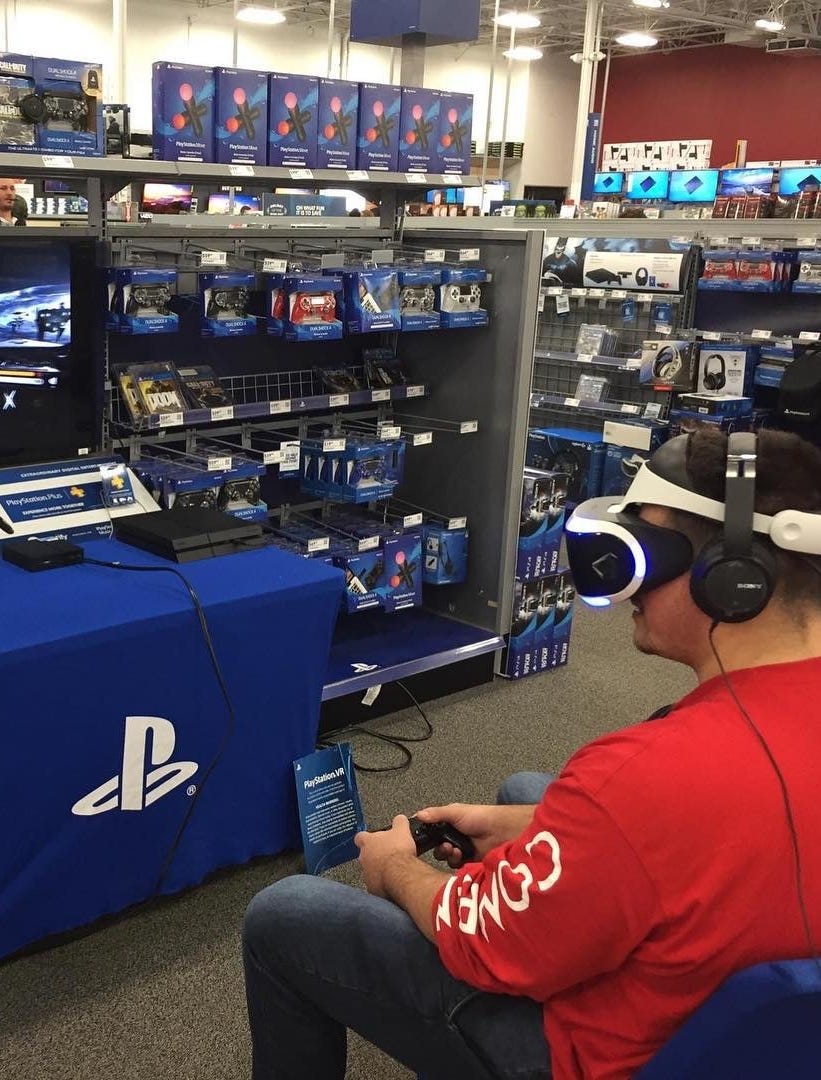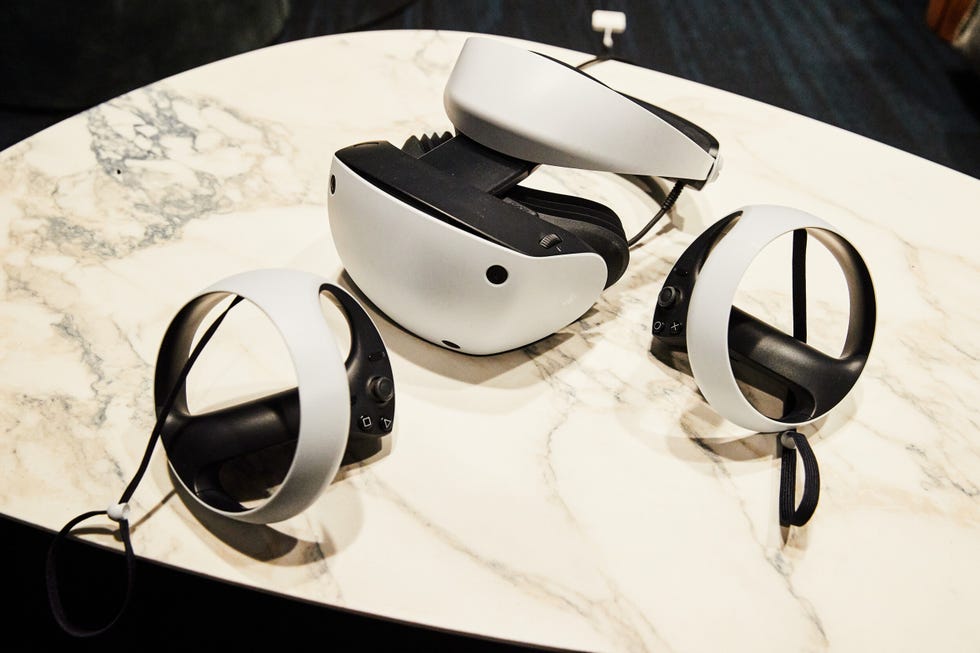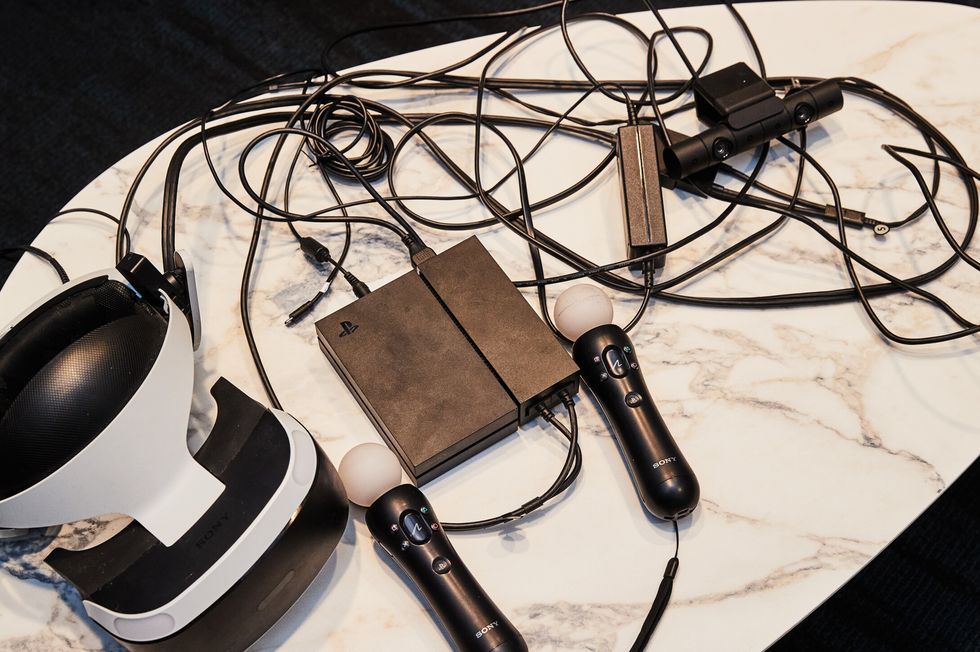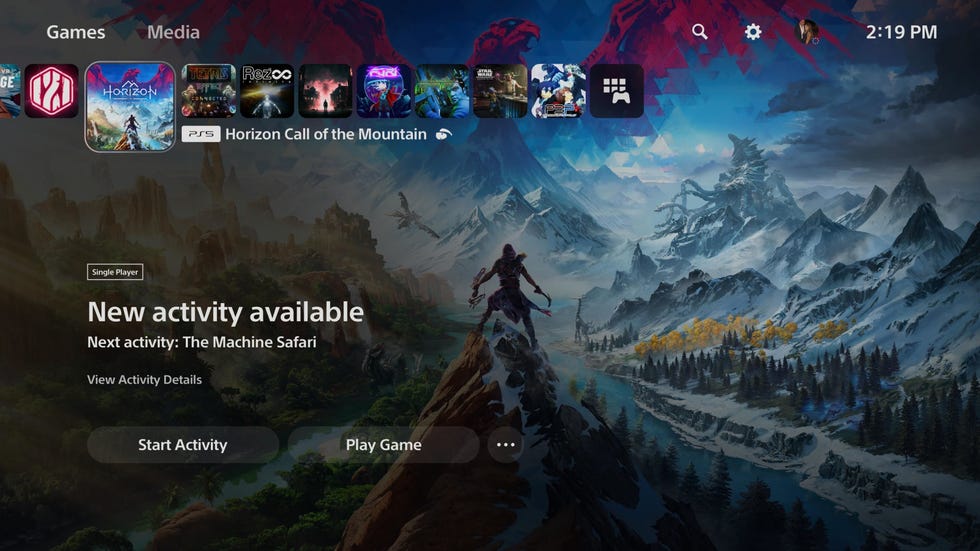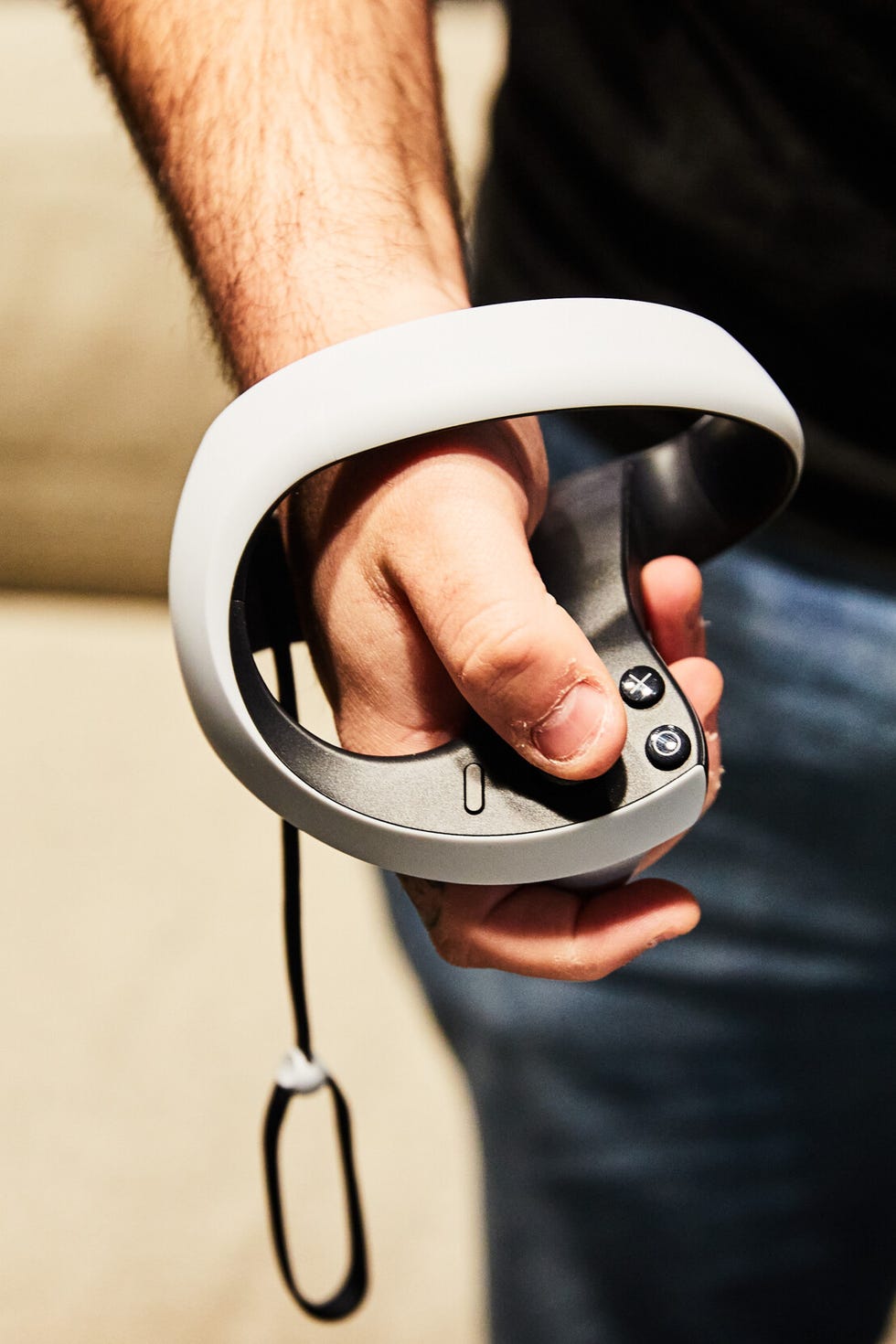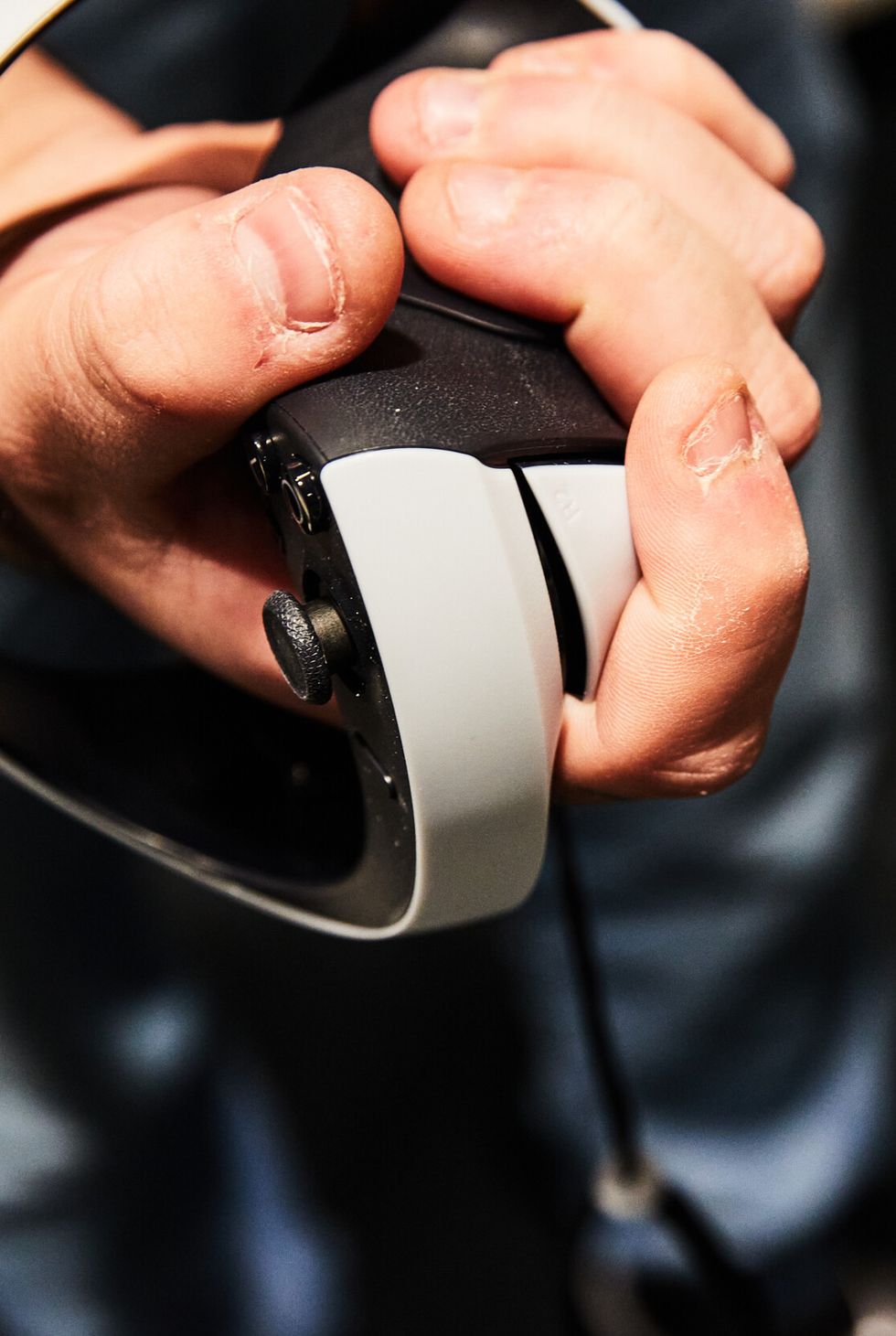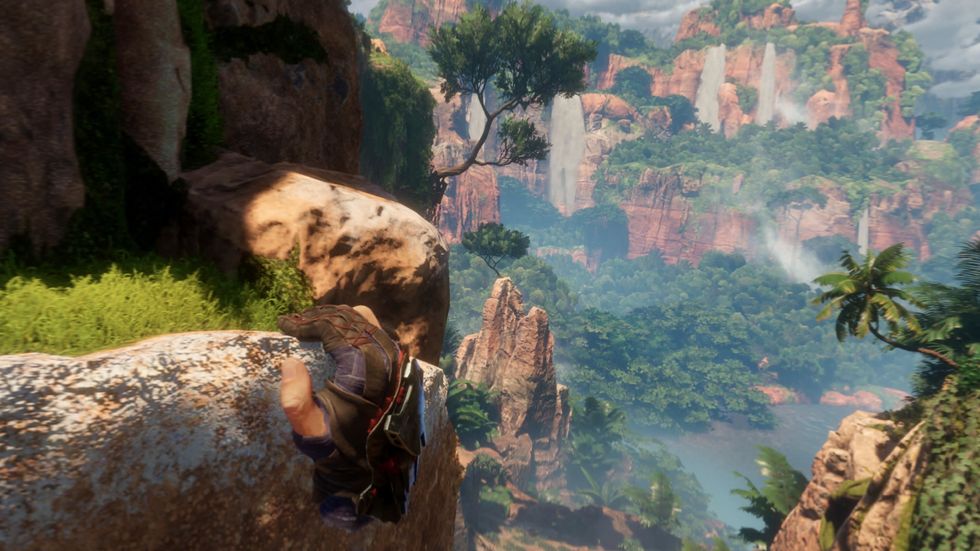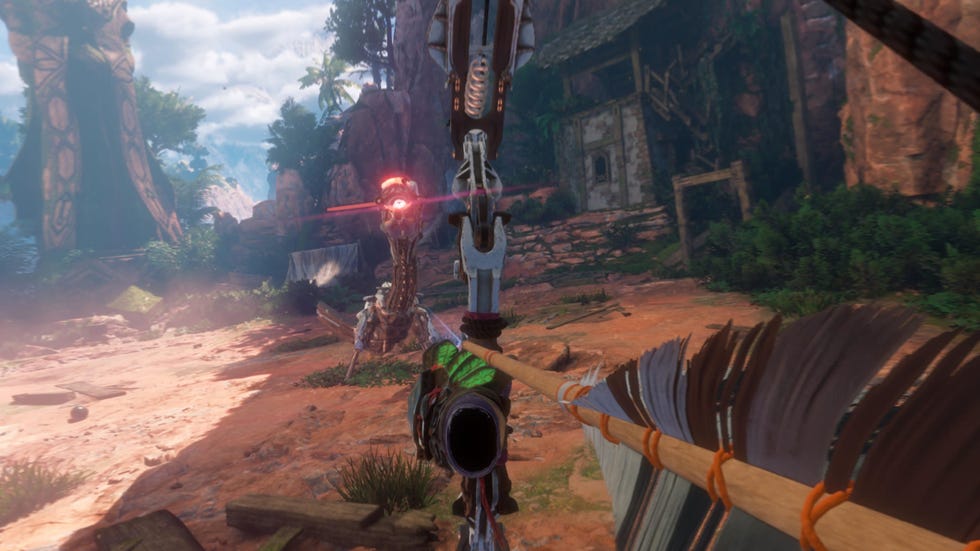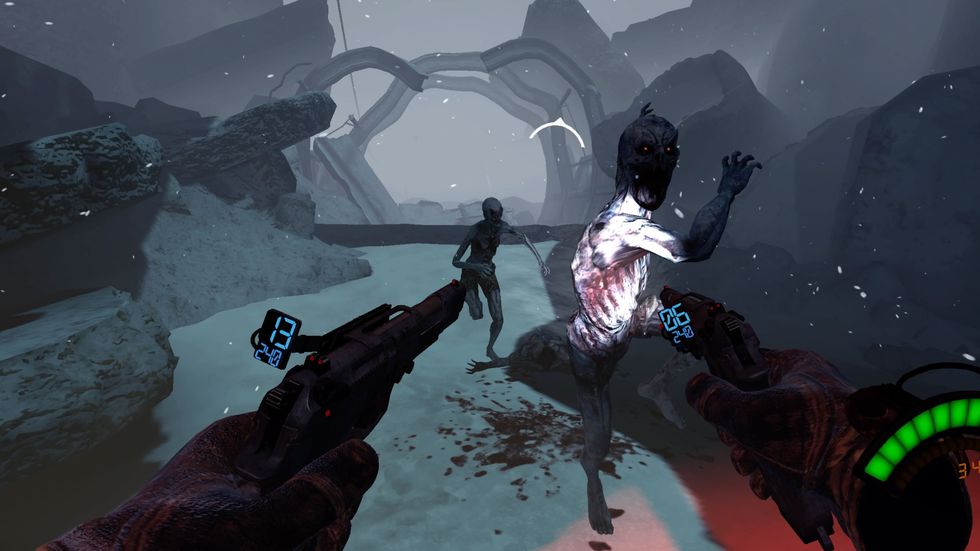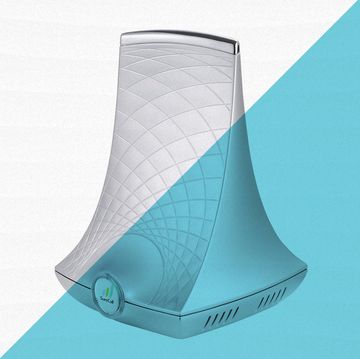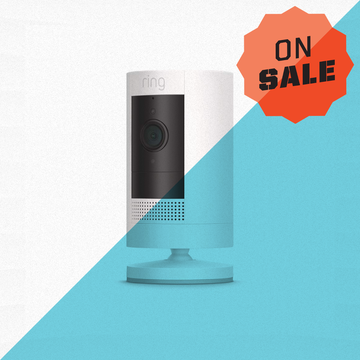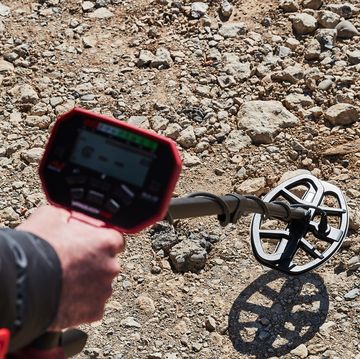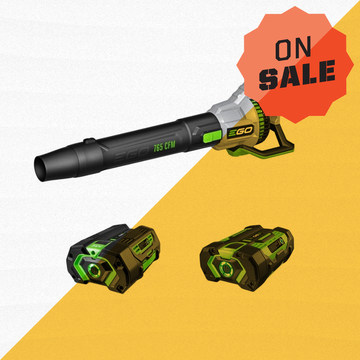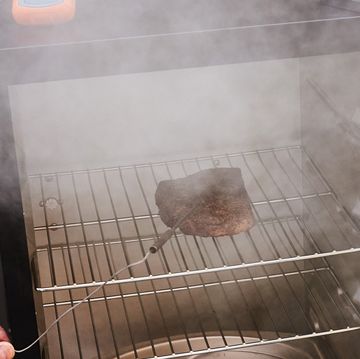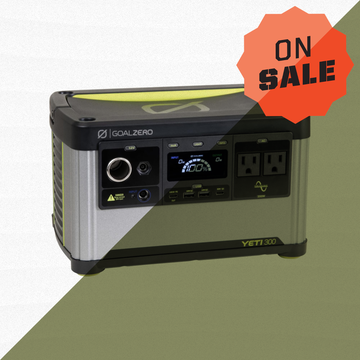Virtual reality has come a long way in the six years since Sony released its original PlayStation VR headset. In that time VR has gone mainstream thanks to wireless, standalone systems powered by mobile chipsets. While these make room scale VR experiences accessible to more people, their weaker computing power holds the VR game industry back to simplistic 3D graphics and worlds limited in scope.
Sony’s PlayStation VR2 rectifies this with a massive leap in power that supports 4K HDR visuals and newly integrated eye tracking technology to deliver the next generation of high fidelity VR. At $549, its the best value for playing triple-A VR games and boasts some of the most powerful performance of any headset. This is made possible by tapping into the PlayStation 5’s beefy hardware for rendering lifelike graphics and expansive open worlds.
History of PlayStation VR
Back in 2014, the budding consumer VR scene kicked into high gear when Facebook purchased the VR hardware startup Oculus. Two years later the first generation of devices launched with the Oculus Rift in March 2016, HTC Vive in April, and Sony’s original PlayStation VR in October. The former two headsets not only cost more than PSVR but required expensive additional hardware to function. This included powerful gaming computers and room tracking sensors.
Meanwhile the combined cost of PSVR and a PlayStation 4 console powering it came out to less than a PCVR headset and its accessories, not including the separate $1K+ computer needed to run it. On top of that, more than 50 million PS4s were in use by the time of PSVR’s release, meaning higher potential sales. The PSVR’s accessibility and lower price made it the preferred high-end headset for most people.
Sony came out with a formidable game library made up of huge exclusives that worked around the consoles limitations—Resident Evil 7’s VR mode and Astrobot Rescue Mission both hold up well today. On top of that it hosted retail demos to show just how immersive PSVR could be. It was there that a 17-year-old me found how capable PSVR held up compared to PCVR—computer connected VR headset like the Oculus Rift or HTC Vive—that I had tried in the past (pictured here). Sony understood games and hardware better than the competition and made PSVR the place to live through experiences from major properties like Star Wars. Immediately after that demo I hopped on Craigslist and made my way to a Target parking lot in Long Island’s sketchiest neighborhood to buy a PSVR for $900 from a scalper.
Within a month of purchasing the original PSVR, I found myself going all-in on virtual reality—I even started a marketing job with a local indie VR game developer. If I wasn’t testing game builds across the higher end PCVR systems and PSVR, I was on the road showcasing them across the country. While PSVR had its drawbacks, namely in its poor Move Wand motion controllers and lack of room scale tracking, it delivered graphics and a level of immersion nearly on par with the higher end Rift and Vive PCVR systems for a fraction of the price. Out of the three first generation headsets, the PSVR stuck around the longest because it had a better library of content stemming from Sony’s own developers.
Over the years I’ve tried every major consumer headset release from the Rift onward. I was in the crowd at Oculus Connect in 2018 when Mark Zuckerberg took the stage to unveil the original Oculus Quest standalone headset—a pivotal moment which ushered in today’s mainstream era of low-cost, low-spec portable systems. I know the VR landscape and what you’re looking for in a virtual reality headset. And I can say with full confidence that the PSVR 2 is the best headset you can buy in terms of performance and value. Here’s why.
PSVR 2 Makes High-Fidelity VR Easy and Accessible
Pulling the PlayStation VR 2 from its box reveals a comfort-centric design with a focus on ample padding and ease of jumping in and out of the headset on the fly. It looks similar to its predecessor, however the PSVR 2 weighs slightly less—560 grams vs. the original’s 600—despite adding technology like built-in tracking cameras and a haptic feedback motor. Plus the new headset has refined embellishments like a physical IPD (interpupillary distance) adjustment dial on the top, upgraded plush silicon light blocker, and a grooved tightening knob for a more-premium feel. The PSVR 2 retains the original’s iconic halo strap system (copied by competitors as a separate enhancement accessory like Meta’s $60 Elite Strap), which pulls out over your eyes then ratchets inward for a secure, tailored fit. This ensures PSVR 2 isn’t front-heavy like competing devices with built-in batteries. It’s the most comfortable headset I’ve tested to date. You’ll also find shiny new PlayStation Sense controllers in the box, which we placed aside during setup.
There’s a single 14 foot USB-C cable that comes neatly coiled up and attached to the PSVR 2, so you can pair it to the PlayStation 5. This streamlined connection makes it easy to unplug the headset from the system when you’re not using it—a major hassle of the original PSVR was that it required a separate processing box and nest of cords (shown in the image above). This wire is a small compromise, but keep in mind that it can potentially wrap around your leg while playing room scale games. Once you plug the PSVR 2 into the front of the PS5, the console recognizes that you’ve attached the system and walks you through an initial set up process that takes less than five minutes. To get started, simply click the PlayStation button found on both Sense VR controllers to pair them with the console, look around the room for the PSVR 2’s external cameras to map out a 3D mesh of your playspace, and calibrate eye tracking.
The room calibration process is completely automated and eliminates the need to stand directly in front of a camera to track your motions; the original PSVR required you to do so, severely restricting your play space. You can adjust your play style for sitting, standing, and full room scale VR, so you can physically walk around mapped out digital environments. Once the initial setup is complete, your headset boots you to the PSVR 2’s main menu—a version of the PlayStation 5 console interface. This shows you all of your apps and you can launch or jump into an activity with a single click. Frictionless navigation such as this is refreshing when rival headset’s menus have separate app and game drawers, burying content. Anybody can throw on a PSVR 2 and understand how to launch into a title without being bombarded by notifications or app discount pop-ups.
PSVR 2’s Advanced Tech Bests Any Other Headset Today
Once you load into a game, the OLED panels show exceptionally vibrant colors and a sharp picture—2040x2000 resolution per eye. That not only doubles the sharpness of the original PSVR, but bests the Meta Quest 2, the most popular headset on the market. On top of these gains, PSVR 2 has a higher refresh rate (120 hertz) for less blur and has a fuller, 110-degree field of view for expansive, detailed visuals. When you remove the headset and look around the edges of the lenses, you’ll find that there are cameras built into them for eye tracking capabilities—the biggest advantage of the PSVR 2.
No other headset is equipped with eye tracking. As soon as you throw the PSVR 2 on, it uses the feature to perfectly align the distance between your pupils, helping you find the “sweet spot” and see the sharpest text and images possible. In games, you can use eye tracking to select items from a menu or make a decision by looking in a specific direction. Beyond this practicality, the technology enables the PSVR 2’s secret sauce: foveated rendering, a technique that processes rich 4K graphics wherever your gaze is focused in the digital world and lowers the resolution in your peripheral vision. This happens in real-time so you don’t notice any tearing and ensures you’re always seeing worlds at their best. But this process also affords developers much more processing power for better graphics or placing more assets in a space. Whether that’s extra foliage to make a jungle more lush or ridges on the sand of a beach, virtually all games on PSVR 2 are more believable and look better than they do on other headsets.
Not only do titles look better on PSVR 2 but they feel better too thanks to advanced haptic feedback sensors embedded throughout the headset and controllers. Sony’s Sense controllers are equipped with the standard layout consisting of analog sticks, face buttons, and triggers. Plus, they have a cool grip that doesn’t retain heat over marathon sessions. The rings surrounding the Sense controller track hand and finger motions so you can see each digit reach out and grab virtual objects or push buttons. These adjustments alone would be a massive upgrade from the original PSVR’s Move Wands, which lacked analog sticks and had small face buttons.
The PlayStation Sense controllers now set the standard for all VR controllers thanks to the inclusion of adaptive triggers. Developers can specifically tune tactile feedback for actions like pulling the weighted trigger of a firearm or adding a sense of resistance to digital items you touch. It may seem like a small addition but this greatly enhances your sense of presence in a space when interacting with virtual objects—and ultimately results in a superior VR experience. I rarely have “wow moments” in VR these days but, when the sensation of rain hit my face and hands in one 0f the titles I played, it dawned on me that the next generation of VR has arrived. Even though the tracking system relies on cameras that look ahead of you, it had no problem tracking my hands as I reached behind my 6-foot-2-inch frame to unsheath a virtual bow or grab arrows.
PlayStation’s Game Developers and Robust Content Library is Unmatched
At the end of the day, content is king and Sony comes with decades of experience. Beyond well-designed hardware, PlayStation’s greatest strength is its catalog of blockbuster franchises created by some of the most talented developers in the world. There’s no shortage of available and upcoming titles. Its debut first-party game, Horizon Call of the Mountain, signals that the system is headed for console-level experiences that don’t feel like glorified tech demos. When digital worlds are crafted with attention to detail you end up with unforgettable experiences that hold up years after release, as shown by Valve’s now three-year-old PC VR title Half Life: Alyx.
Virtual reality as a whole has long been missing triple-A titles. Big studios and indie developers alike are too risk-averse to develop higher-end experiences for such a small fraction of the market when users are primarily buying games for mobile systems. This has held back the industry and is one of the reasons that the more complete campaigns of games from the original PSVR like Resident Evil 7, Blood & Truth, and Astro Bot hold up so well today. Below are just some brief impressions on the standout next-generation experiences I’ve tried that can’t be replicated as well anywhere else.
Horizon Call of the Mountain
Sony’s killer app for the device is its exclusive action adventure game Horizon Call of the Mountain, taking place in the post-apocalyptic setting of the Horizon game series. That’s a serious undertaking: The franchise is known for its massive environments that span for real-world miles and its robotic dinosaur enemies, which are extremely detailed and taxing on hardware. The PSVR 2 delivers a full campaign and massive world scale without so much as a stutter.
From the game’s opening scene, you can stick your hands through water, swipe through foliage, and grab onto different objects. The world feels alive, as you can see fully explorable locations rendered in real-time from miles away. After a brief intro sequence, you’re free to traverse the jungle setting using realistic motion controls to climb, craft tools, and shoot a bow and arrow. As I scaled massive mountains and rode zip lines hundreds of feet above trees and water, I truly started to believe that I was in danger of falling. And with HDR effects in sun rays and enemy lasers, I could imagine the heat coming from an explosive blast or basking in the sun.
This game’s physics create a sandbox-like experience as you can freely grab and interact with nearly every object you see. For example, when I picked up a massive mallet to strike a gong, it required two hands and a strong swing to pound the bell. Later, I came across some paint and brushed drawings onto a rock wall. These little interactions are where Call of the Mountain takes VR immersion to the next level—these items aren’t part of the story in any way. The fact that what’s basically environmental set-dressing can still be played with and have an impact on the world is absolutely nuts. Most VR games let you interact with specific animated items that are usually indicated with a glow. Only a handful of game environments have truly felt as immersive as this level of interaction with digital objects. The care and polish further enhances a fulfilling campaign and makes worlds more lively.
Kayak VR: Mirage
This kayaking simulator is one of the few recent PCVR-exclusive games because it has strict demands for rendering its lifelike paddle and water physics alongside photorealistic environments. It’s jam packed with lifelike details like individual rocks and sand patterns lining a beach to lively animals like fish and turtles swimming in the water. While I’ve only stroked my way through a handful of hours with Kayak VR: Mirage, the realistic mechanics and graphics give Sony’s Call of the Mountain a run for its money—one hell of a tall order for a game made by three people.
You can explore four different locations including; Norway, Australia, Costa Rica, and Antartica. Each location can be customized with certain conditions like time of day and weather for an added challenge. There are two primary modes—you can paddle around and explore each locale in “free roam” or use the objective-based racing option. What stood out to me immediately is how it showcases all of the PSVR 2’s new tech, such as how its HDR pulls off dark scenes. While paddling around Norway in a nighttime free roam session, I could still make out individual raindrops as they fell and hit the water. Paired with haptic feedback I could feel these virtual drops spatter on my face and hands. And when a storm rolled in, lightning illuminated the different parts of the sky and I felt the resistance of the water against my paddle increase.
After The Fall
After The Fall is a zombie looter shooter that offers plenty of replay value as you upgrade your weapons, unlock new gear, and play with others in an online world. This title proves that existing VR games can be successfully ported and expanded upon for an even better experience. Although this game’s scope was originally built around mobile limitations, the PSVR 2 version has been upgraded to make the most of the wider field of view and 4K resolution.
My eyes were constantly drawn to new textures (on enemies and in the environment), lighting effects, and maps which are now much sharper than what I experienced on the Quest 2. Meanwhile the adaptive triggers provided different trigger weights for each gun I shot. This tension added to the dread I felt while strategically firing off rounds or reaching for a pistol clip. Unlike the Meta Quest 2 version, I can play for hours on end without worrying about battery life. Plus its more comfortable over extensive sessions.
The Verdict
PlayStation is once again the best place to play the latest VR games. It has superior graphical fidelity in addition to adaptive controls and flagship titles you won’t find on any other platform. The PSVR 2’s arrival rings in a true return to triple-A VR gaming for hours-long campaigns and higher levels of interactivity with digital objects, giving you a greater sense of presence in virtual worlds. While I’ve long feared this higher caliber of VR projects was dead, Sony has what it takes to get big developers back on board for blockbuster VR games.
PSVR 2 is a massive generational leap from both the original PSVR and today’s hottest headset, the Meta Quest 2. Mobile standalone headsets still have a place as a portable console and for their suite of productivity apps for work, which PSVR 2 lacks. I don’t doubt that the PSVR 2 will sell well, but it will live and die by Sony’s content support and collaborations with other studios and properties.
Hunter Fenollol, our resident expert of all things consumer tech, from smart home to VR gaming headsets, has years of knowledge creating product explainers, in-depth reviews, and buying guides to help you get the most from the latest electronics. Throughout college, he covered and reviewed the latest gadget releases for sites like Tom’s Guide, Laptop Magazine, and CNN Underscored. If he’s not elbow-deep in the latest hardware, you can find Hunter at one of Long Island’s many beaches, in Manhattan, or gambling away his paycheck.
